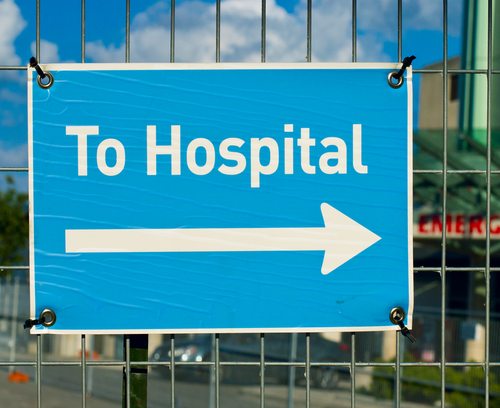
April 13, 2013; The New York Times, “Business Day–Economix”
In 2007, Professor Uwe Reinhardt was chair of the New Jersey Commission on Rationalizing Health Care Resources. The Commission proposed that nonprofit hospitals make ten pieces of information easily available from their web sites. With the exception of the medical staff by-laws and the hospital’s charge master, most of the remaining items are already required to be disclosed by any nonprofit organization upon request. Then-Gov. John Corzine “did not carry them out,” according to Reinhardt.
It’s reasonable to assume that some nonprofits are reluctant to make it easy to access Form 990 information, by-laws, etc., based on concerns about how that information might be used (or misused). Reinhardt points out that easier access to public records can actually help refute negative reports about a charity based on a selective reading of the data.
A recent Time magazine article critical of nonprofit hospitals, and executive compensation in particular, is used by Reinhardt to demonstrate how Form 990 reports (already accessible for free through www.guidestar.org) can be used to refute charges that excessive CEO salaries are to blame for high medical costs in hospitals. Even multimillion-dollar CEO compensation pales when compared to a hospital’s revenues. The example Reinhardt cites shows total executive pay for senior executives in a hospital system accounts for less than one percent of the hospital system’s annual budget.
Sign up for our free newsletters
Subscribe to NPQ's newsletters to have our top stories delivered directly to your inbox.
By signing up, you agree to our privacy policy and terms of use, and to receive messages from NPQ and our partners.
Relatively few people, including nonprofit leaders, are aware that federal law already mandates that certain information about a nonprofit must be made available to any member of the public, for any reason, upon request. There are some technical exceptions and definitions, but the general rule is that any nonprofit must provide their last three Form 990 reports, their application for tax-exempt recognition, and any correspondence from the IRS relating to their application. It should be noted that the application includes copies of the nonprofit’s articles of incorporation and by-laws. The rules even provide an “out” for nonprofits that make this information “widely available.” Using a nonprofit’s website to host the required information is the primary example the IRS uses to illustrate the term “widely available.”
Ignorance of the regulations and lack of technical sophistication are two reasons why smaller nonprofits may not post their information online or otherwise prepare for inquiries. However, most hospitals have sufficient financial resources, access to tax and legal counsel, and technical knowledge access to comply with IRS regulations and make it easy for people to view the documents.
In some cases, arrogance is one reason for making it difficult. “Make ’em work for it” and “we shouldn’t have to do this” are reactions in some boardrooms and executive suites, but there is another possible explanation.
Nonprofit hospital executives and their boards often see their organizations as healthcare facilities, not as charities. Recent evidence that such self-perceptions need addressing include the provisions in the Affordable Care Act requiring nonprofit hospitals to document their charity care activities, to report on their debt collection practices, and to perform community health needs assessments and develop and implement plans based on them. These three requirements are administered through the IRS—not the U.S. Department of Health and Human Services. Why? Because Congress believed that nonprofit hospitals were losing sight of their responsibilities as charities while being too focused on being successful (read: clinically competent and financially stable) healthcare providers. The IRS, not HHS, is responsible for federal oversight of charities.
In a world attuned to ubiquitous information access, with increasing public expectations of transparency, organizations that fail to provide easy access to information already in the public domain appear to be secretive and therefore suspect, regardless of whether the appearance is true. The size and impact of hospitals on their communities make them easy targets for scrutiny, but all nonprofits can take a lesson from Professor Reinhardt and improve their access to information, and especially information that is already public record.—Michael Wyland













